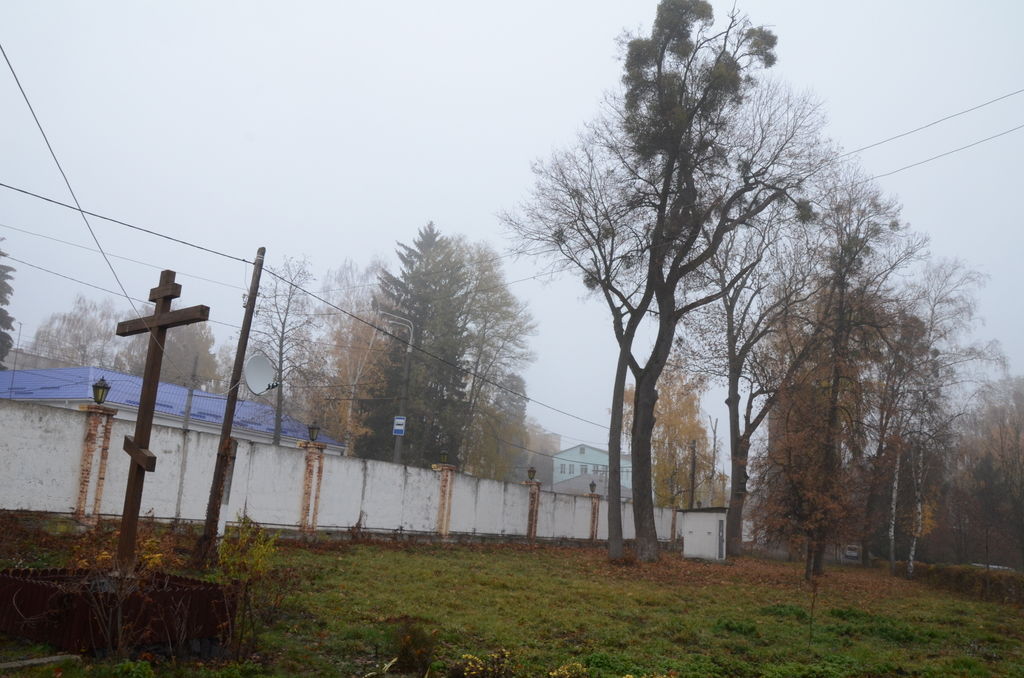The biggest mass murder of Czechs in the USSR
This year, the Saint Wenceslas Day on 28. 9. 2023 marks the 85th anniversary of the execution of 80 innocent Czechs in Zhytomyr. The text you are about to read was written, among other things, on the basis of an interview with a witness – the daughter of Josef Jandura, one of the men who were executed – and it brings reflections on the current memory of the developments 85 years ago both in the Czech Republic and in Zhytomyr.
“No one was left, just the young and the old. They took all the men in the vicinity away and nobody ever saw them again. My dad and uncle disappeared, as did my mum’s cousin… and I never got to say ‘daddy’ to him,” recalls Marie Šimková (86). Her father Josef Jandura was one of the 80 innocent Czechs whom a squad of the NKVD, the soviet secret police, murdered in Zhytomyr, Ukraine (in the USSR at the time) on Saint Wenceslas Day, 28 September 1938. The biggest mass murder of Czechs in the USSR remains a lesser-known chapter in the 20th century history to this day, and additional details have only surfaced in recent years.
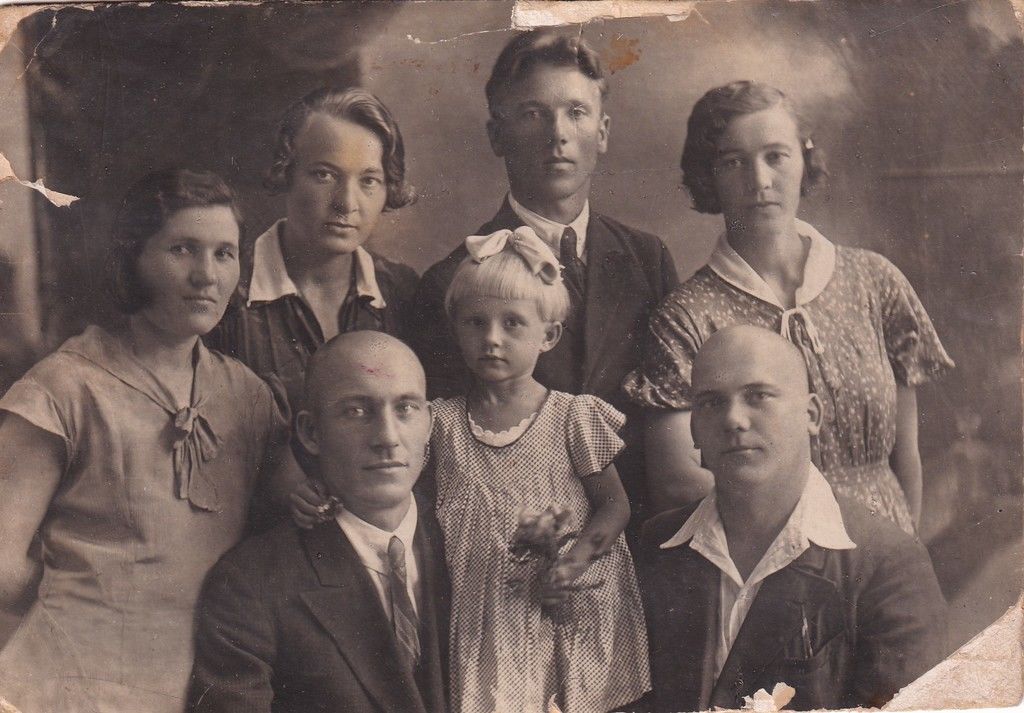
Josef Jandura on the bottom left - on the left, his wife Anna and her sister - on the top right, Jandura's sister Marie, who allegedly took her own life during the war because of her earlier unjust imprisonment in Leningrad (due to meeting the persecuted Czech teacher Antonín Vodseďálk). On the bottom right, Jandura's cousin Alexandr Klein, who was also executed in June 1938. The man above was probably executed as well, but has not yet been identified. Photo: Archive of Maria Šimková / Gulag.cz
A history of Czechs in Zhytomyr
The village of Cheska Kroshnya (Czech Kroshnya) was founded by settlers from Bohemia in the latter half of the 19th century. They came upon invitation from Tzar Alexander II. who was seeking to rejuvenate the backward regions of the Russian empire at the time. The Czechs set up their businesses, focusing primarily on farming, and brought their hop farming know-how to the tsardom, among other things. With that, they also laid the foundations of the local brewing industry. Two Czech businessmen, Macháček and Jansa, founded a brewery in Zhytomyr, which is still in operation today. They built a church dedicated to the Czech patron saint, St Wenceslas, in Cheska Kroshnya. The village is a neighbourhood of Zhytomyr now and the local St Wenceslas Church is managed by the Polish minority, which is more numerous, but the descendants of the local Czechs still live in the area even though most of them returned to Czechoslovakia after World War II. Kroshnya was almost a purely Czech village a hundred years ago, however, and several hundred people lived in the three local streets.
“About 750 of us used to live there. We spoke Czech; my ancestors came from the Rakovník area. Their business really thrived; they got rich quickly, and the cultural life was diverse too. There was a local band in the village; they founded a local Sokol organisation; and they would put on a lovely show during every celebration,” Marie Šimková (née Jandurová) says in an interview with Gulag.cz. She is the daughter of Josef Jandura, one of the men who were executed. He worked at the Zhytomyr brewery as an accountant. She was just four months old when her father was arrested, but she knows all the details from her mother.
The Czech cooperative
The Great Terror, a period during which people were arrested on a mass scale all over the Soviet Union, was in full swing by early 1938. The NKVD, the soviet secret police, undertook a series of repressive operations between July 1937 and November 1938. Soviet leader Josif Stalin was the project’s mastermind, and the objective was to eliminate notional internal and external enemies who, in all probability, never really existed. In total, 1,440,000 people were arrested within the space of a year and a half, and at least 724,000 of them were executed by a bullet in the back of the head. The range of arrests spanned from peasants to communist officials, and operations focusing on specific nationalities took place as well, targeting mostly minorities in the USSR that originated in other European countries – Germans, Poles, Finns, and Greeks. A separate operation was prepared for Czechs, though some Czechs also fell prey to the murderous machine beyond its scope. NKVD officers targeted them solely on the basis of their origin and foreign-sounding surnames. The executions of more than 1,350 innocent Czechs in the soviet Russia are documented; most of those occurred during the Great Terror period. The biggest mass murder took place in Zhytomyr on Saint Wenceslas Day in 1938.
“People at work, in the brewery, would tell dad to hide or leave for some time – it was obvious that mostly foreigners were being arrested. He declined: ‘Why should I run or hide? I did nothing wrong. I have been living here since I was born.’, Ms Šimková says.
Josef Jandura was arrested in late April 1938. “It was Sunday. My parents were discussing what to make for lunch, and dad who loved cooking decided to go out and buy a chicken in the marketplace. When he came back with the chicken, two NKVD men were waiting for him and took him to the local soviet [municipal authority]. He likely suspected it would be bad, so he took me in his arms, kissed me, and said goodbye to my sister and mum. He said: ‘Don’t worry, I’ll be back.’ He left and was gone for a long time. Mum said: ‘It’s cold, and he left with only his jacket on. I have to bring him a coat so he won’t freeze.’ She took a coat and went to the local soviet building in Kroshnya. There was a guardsman; mum knew him well and asked him if she could give dad the coat, as he must be cold. The guard told her: ‘You see, don’t give him the coat – he won’t need it. Now, please, don’t ask and go back home, or you and the children will get busted too.’ Mum didn’t go home; she hid behind the corner of a nearby house and waited because she knew the men wouldn’t stay in the guarded building for too long – they would be taken away. She was right; the guards started taking the men outside in a row towards a truck parked across the street. Mum stepped out, dad saw her, and they waved. That was the last time they ever saw each other.” The NKVD officers told Josef Jandura’s wife and other relatives of those arrested that their loved ones would be exiled in Siberia for ten years. The relatives relied on that piece of information later on.
Josef Jandura fell victim to a case known as the ‘Czech cooperative trial’, as part of which ‘diligent’ NKVD investigators fabricated an accusation to the effect that there was a Czech military/rebellious/espionage organisation that was allegedly led by Josef Jandura along with cabinet maker Štěpán Toman and financial comptroller Václav Holan. Historian Mečislav Borák described the case in full detail in his 2014 book, Zatajené popravy (Secret Executions) based on his study of NKVD documents in Ukraine’s archives. According to Borák, all three leaders of the alleged conspiracy resolutely rejected any accusations of anti-Soviet activities. After all, there was nothing to confess – everything was fabricated. Based on the records in their case files, each of them was interrogated just twice, but in reality, they were forced to confess until they gave in and consented to the investigators’ fabrications. Jandura resisted for about a month, Holan for 53 days, and Toman for 80 days. He kept repeating: “I am not a member of any counter-revolutionary organisation and have never engaged in any activity against the USSR for the benefit of any foreign country.” However, he eventually broke down too – the interrogations routinely included severe torture, so cruel that it actually killed many of those arrested – and finally uttered the customary confession formula: “I have realised that my position offers no way out and that my refusal to deliver a confession is futile, and I have decided to reveal the full truth to the prosecution authorities and describe the hostile activities against the Soviet powers that I had pursued for multiple years.” The confessions made the reprisals appear legitimate, though the prosecutors frequently managed to do without them.
According to the case files, the Czechs were tasked with “gathering Czech rebellious cadres, preparing them for armed resistance at the time of the German intervention, and gathering intelligence on the territory of the USSR for the benefit of the Czechoslovak intelligence service”. Instead of courts, special extrajudicial NKVD panels known as ‘threes’ issued the rulings: they were capable of sentencing several hundred ‘accused’ people to punishment every day without anyone actually reviewing the evidence or the accused having any chance to defend themselves. Death sentences were issued virtually like on a production line.
Innocent Czechs who were often chosen randomly were arrested between 17 February and 7 August 1938 in and around Zhytomyr (primarily in Cheska Kroshnya, the home of almost one half of those executed) as well as in other Czech settlements in the Zhytomyr Oblast. In terms of the social structure of those arrested, there were almost no members of Czech intelligentsia among them because those had already been subjected to political repressions before, from the early 1930s onwards. According to Ukrainian historians, among those accused were 42 kolkhoz members, 12 factory workers, 5 locksmiths, 3 accountants, 3 cabinet makers, 2 drivers, a postman, a shoemaker, a carpenter, and a teacher, and several officials from various institutions. The oldest of them was aged 67 years and the youngest was 28.
Blood ran from under the door
Among the 80 persons executed were many of the Jandura family’s friends and relatives. “In addition to my dad, my uncle – my mother’s sister’s husband Josef Lulák – also died there, as did my mother’s cousin Alexandr Klein, Mr Fortelka, Mr Pokorný… My parents would visit them often, and my dad played guitar in the band with Mr Klein. They even arrested the son of a farmer whose entire family had been exiled to the Siberia as kulaks in the early 1930s; he escaped from there and came back to Kroshnya, and he was executed there later on.”
Based on archive sources, Alexandr Klein was executed apart from the group of 80 Czechs in June 1938. The repressions took place on a large scale, and at least 20 more Czechs from Zhytomyr were executed outside the biggest group of 80 during the Great Terror era.
- You can find a list of all the 80 Czechs executed in the article on the Returning the Names memorial event in 2018, during which the names of all the victims of the massacre on 28 September 1938 were said aloud.
The sheer extent of NKVD personnel’s unruliness in Zhytomyr in the latter half of 1938 was apparently too much to handle even for the NKVD, and the authority went as far as to arrest and prosecute local Cheka members in subsequent years. Thanks to the files from those cases, which were declassified in the 1990s, we know a lot of details about the executions, including the largest execution of Czechs on St Wenceslas Day. According to Borák, Stalin learned about the fabricated cases in Zhytomyr from state attorney Vyshinsky in late 1938. In his report, Vyshinsky wrote: “The investigation revealed that 2,110 persons were shot on the basis of unsigned records of the sessions of the special panels of three during the period of activity of the NKVD three for the Zhytomyr Oblast Administration. The investigation also revealed that the Zhytomyr Oblast Administration of the NKVD routinely used fabricated records and allowed systematic beating of those arrested, which resulted in the deaths of many of them.” False records were issued for those who were beaten to death, stating that they had been sentenced to death and shot on the grounds of their counter-revolutionary crimes. Vyshinsky tasked Morozov, a military state attorney for border guards and interior forces, with investigation into the developments in Zhytomyr. Morozov informed him that people were routinely shot dead even though the three had never ruled for them to be shot, that the names of those shot were only inserted in the records of the three sessions after the fact, and that the persons shot included people who did not fall within the three’s scope of authority since they were subject to the authority of courts-martial and so forth.
Thanks to these internal NKVD investigations, we now know a wealth of particulars about the executions of Czechs and many other victims of the Great Terror. For example, the security personnel reported that when they were shooting the sentenced prisoners – of which there used to be hundreds every night – in the yard and the parking garages of the Oblast headquarters of the NKVD in Zhytomyr, blood would run under the gates and into the street. Therefore, they had to dig a drainage ditch in the yard. The trucks that took the dead bodies outside the town were sealed with rags, but they would still leave bloody tracks behind.
They kept hoping that dad would come back home
The relatives claim that they only learned the truth about the fate of the 80 Czech men – the fact that they were not taken to camps in the Siberia but instead were shot a few months after arrest and buried in a mass grave on the outskirts of Zhytomyr – about ten years later. It was in 1947, and many of the bereaved women were preparing for a trip back to Czechoslovakia arranged by Czechoslovak authorities in an attempt to resettle the borderland, having deported the Sudeten Germans. Reportedly, the women who were about to leave were approached by the leader of the local band in Cheska Kroshnya. He was Polish by nationality, his name was Zagorski, and he said: “‘You see, I can tell you now. I couldn’t tell you before because my life was in danger too. The men aren’t coming back. They were all taken to Zhytomyr and that’s where they were shot.’ We asked how he knew. He said: ‘Well, I used to go to Zhytomyr to play music every day. It was my job, and I used to come back at three in the morning. As I walked past the wall, there was always a stream of blood running under the fence and I could hear groaning. I knew there was a pit there and that’s where the bodies were thrown. It all happened behind a fence. I saw it, but I couldn’t tell you about it, or else I’d get into trouble myself. I used to just mind my own music. Not a single one of them has stayed alive, so you might as well just pack up and leave. Don’t wait for anyone’,” Marie Šimková says.
Not everyone believed that, of course, and they continued searching and writing letters to the NKVD, courts, and Moscow. “We thought that, while on a train to Siberia, there was simply no way that one of them wouldn’t drop a piece of paper with a message that they were still alive. But no; nothing at all. We wrote letters to Moscow but never got a reply… That’s what we were thinking. We had no idea that they would just kill them all – literally each and every one of them. I mean, I don’t think even Hitler committed such atrocities. I don’t know. It was horrible,” Ms Šimková says, her voice heavy with emotion.
The knowledge of the executions was kept strictly confidential until the late 1980s, and so the Soviet authorities started sending out replies with ‘modified truth’ – they notified the relatives that the men had died but the date and cause of death was always fabricated. The purpose was to create the impression that the men actually died in the Gulag camps at a later point in time. Josef Jandura’s wife continued seeking information even after her arrival in Czechoslovakia, and she received a notification that her husband had died on 17 February 1944. In 1962, she got a terse notice to the effect that her husband had been exonerated. She did not live to know the truth about his execution on St Wenceslas Day; it only became known thanks to the effort of Ukrainian historians in the 1990s.
Almost like heaven
Whereas Nazi crimes were discussed in Czechoslovakia during the communist period, Soviet crimes against Czechs remained strictly tabooed. Even after 1989, there was little debate on them, and the relatives of those executed in Zhytomyr did not discuss them either. “Oh no, everyone was scared back there – trust me: everyone. I was just nine years old when we left for Czechoslovakia, and yet I had this thing in me where I never spoke about it in school later on, and nobody ever really knew what had actually happened. Do I explain why my dad was arrested? Why should I? And what if I said that he was actually shot? I mean, everybody knows that the Nazis did things like that, but Russians? Come on!” Marie Šimková hints at the reasons why there was silence for such a long time.
Marie Šimková and her mother returned to Czechoslovakia in 1947 and settled in Krupka in the Teplice district in a house left behind by the deported Germans. In addition to her father, her sister who was six years older remained in Ukraine too – she died of tuberculosis in 1944. Initially, she says, they were not very happy in Krupka – they felt bad knowing that the house they lived in was vacated because the dwellers were forced to leave. In addition, some of the local Germans who had stayed treated the newcomers very badly. However, that changed within the space of one year, and they lived quite harmoniously after that.
“One thing I can tell you for sure is that, when we arrived in Bohemia and got our dwelling, it felt almost like we were in heaven. For example, I had never seen an orange until we got here, and I was nine years old at the time.”
Let us not perish, nor our progeny
To this day, there is no certainty as to whether the date of the execution of the Czechs – St Wenceslas Day – was chosen by coincidence. In fact, there are too many ‘coincidences’ in this case. The church in Cheska Kroshnya was dedicated to St Wenceslas, and it functioned despite the Soviet Union’s policy aimed against churches. “I remember the church. For example, we would come there at easter to have our eggs blessed, and we walked round the church. I can see it all. You see, we kept all the customs that were common in Czechoslovakia. We celebrated easter, painted easter eggs, did St Nicolas walks with a devil and an angel, and we would always put up a tree at Christmas. We decorated it with apples and candy, because we had no baubles, and we always attended a midnight mass,” Marie Šimková remembers.
The church belongs to the Polish minority living in Zhytomyr today, yet Czech descendants and the families of those executed still live in the town. “For example, the relatives of the executed František Froněk live here, and we commemorate the execution at the mass grave site every year,” says Ludmila Čiževská, the chair of the Czech association in Zhytomyr. “The local Poles and Ukrainians commemorate it alongside Czechs, because both Poles and Ukrainians were also among those executed in Zhytomyr during the Great Terror.” She says that the Czech association in Zhytomyr is quite active – over the course of the past few years, it has renamed six streets in Cheska Kroshnya after Czech personalities, replacing their former communist names, and keeps organising Czech courses, even though they have to interrupt lessons due to air raid alerts sometimes.
Unfortunately, the Russian aggression has also affected the current generation of Czechs in Zhytomyr. “One of our locals, Olexandr Macháček, sadly perished in the war with Russia, and President Zelensky has named him a Hero of Ukraine. The current war has only solidified our opinion on how wrong totalitarianism is and how much death and violence and other things that have no place in modern times it brings. We used to always say that this must never happen again while standing next to the memorial of the executed Czechs, but sadly the current war is showing us that certain history lessons repeat over and over, and people are being executed again. Despite the war, though, we strive to continue repairing Czech graves and local sights. We want to show Czechs that if they help us to modernise Ukraine today, we will be grateful and will protect what they did for Ukraine 150 years ago,” concludes Ludmila Čiževská.
Written by Štěpán Černoušek
Translated by Antonín Hluštík
.jpg)








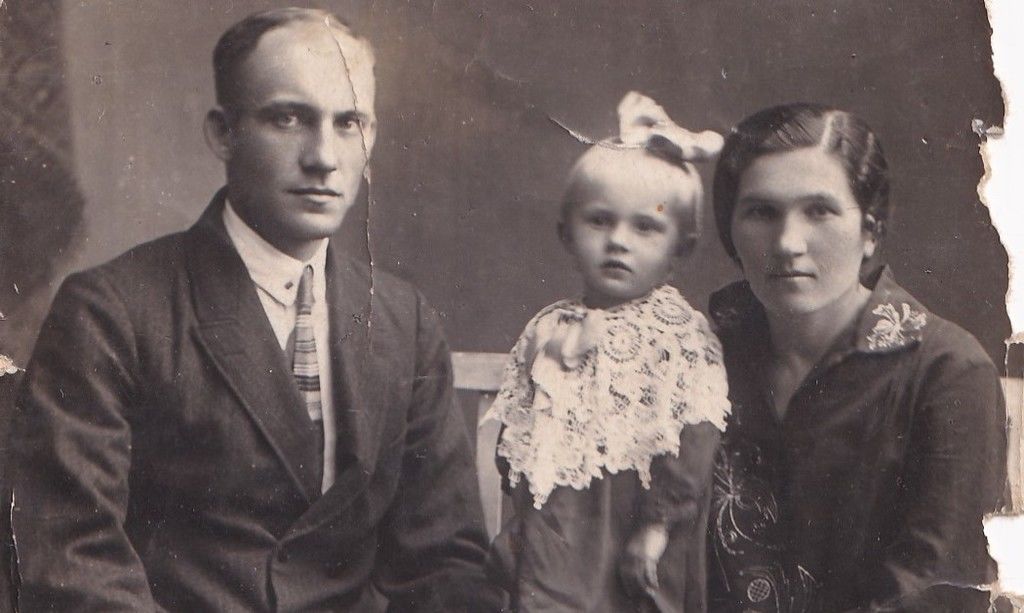
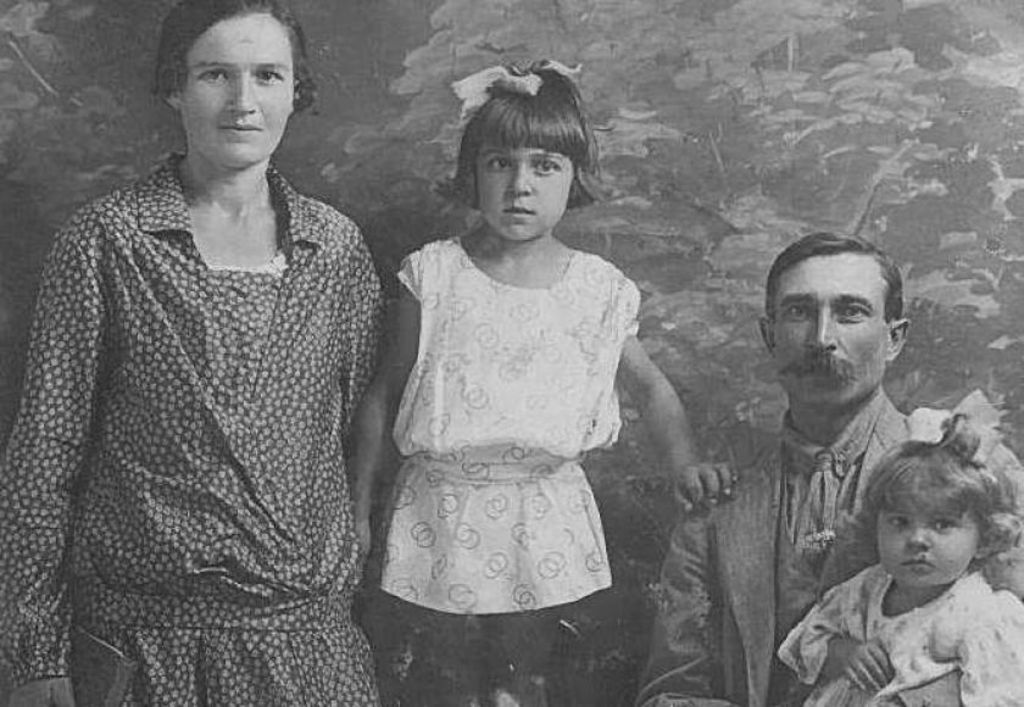


.jpg)
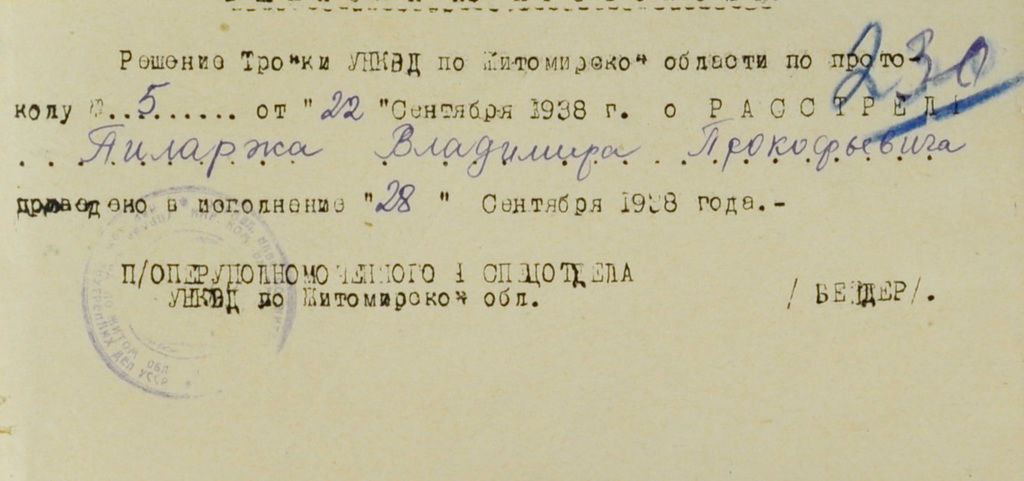







.jpg)

